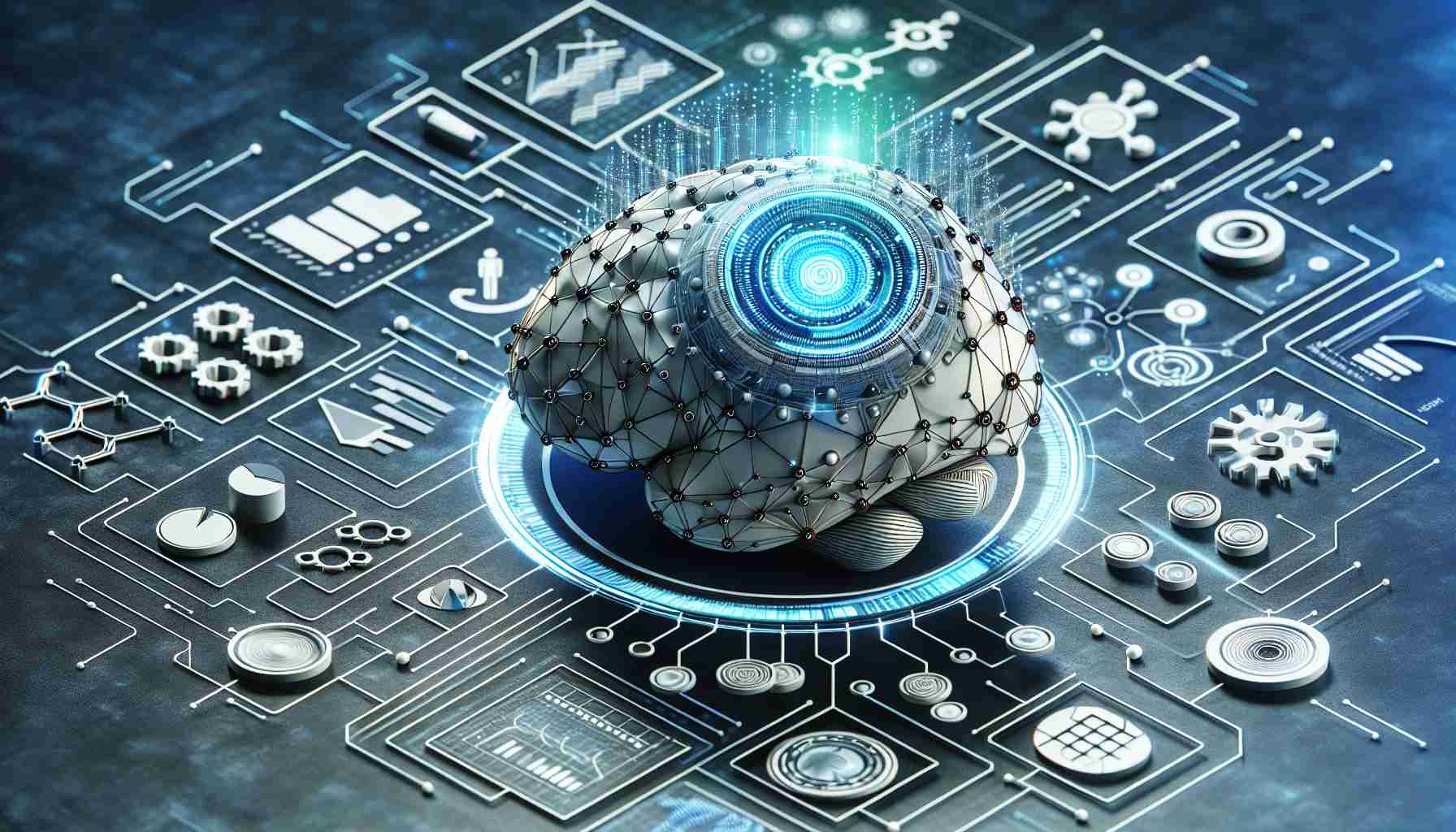Google is embarking on a significant internal reshuffle, establishing a new division known as “Platform and Devices,” to accelerate artificial intelligence integration. This newly formed team will bring together a diverse range of Google’s consumer technology segments, including the Pixel smartphones, Nest smart home devices, and the core software ecosystems of Android and Chrome.
Rick Osterloh, a seasoned Google veteran, has been tapped to spearhead this initiative, aiming to break down silos and forge a unified path for the tech giant’s hardware and software ventures. At the same time, Hiroshi Lockheimer, previously at the helm of Android development, is set to embark on a new journey with Google, working on yet-to-be-disclosed innovative projects within the wider Alphabet umbrella.
In a strategy designed to solidify collaboration, Google’s Sameer Samat assumes the title of “President of the Android Ecosystem,” maintaining a focused effort on fostering relationships within the extensive network of third-party Android collaborators.
The reorganization is largely motivated by Google’s ambition to deepen its commitment to artificial intelligence. By converging distinct product teams, the company envisions a more nimble response to incorporating cutting-edge AI technologies across its product offerings. Notably, AI expert Jay Yagnik is transitioning into Osterloh’s group, a move set to bridge the gap between AI research by DeepMind and practical product applications.
For consumers, this realignment may not translate into immediate changes in the products they use. However, it heralds a future where Google’s latest innovations—particularly in AI—are delivered with remarkable promptness, reshaping the user experience with newfound speed and efficiency.
Important Questions and Answers:
Q: What is the aim of Google’s new division “Platform and Devices”?
A: The aim of the newly established “Platform and Devices” division is to accelerate the integration of artificial intelligence across Google’s consumer technology segments. This includes hardware like Pixel smartphones and Nest smart home devices, as well as software ecosystems like Android and Chrome.
Q: Who is leading the new “Platform and Devices” division?
A: Rick Osterloh, a seasoned executive at Google, has been appointed to lead the “Platform and Devices” division, focusing on breaking down silos and unifying Google’s hardware and software initiatives.
Q: What role will Hiroshi Lockheimer and Sameer Samat play after the reorganization?
A: Hiroshi Lockheimer is set to work on new, undisclosed projects within the Alphabet organization, while Sameer Samat becomes “President of the Android Ecosystem,” concentrating on strengthening the relationships with third-party Android collaborators.
Q: Why is Google focusing on artificial intelligence?
A: Google’s strategic reorganization reflects its ambition to deepen the commitment to artificial intelligence as a core aspect of its future products and services. AI is seen as a key differentiator in offering innovative and efficient solutions to consumers.
Key Challenges or Controversies:
– Maintaining a cohesive user experience across various platforms and devices while integrating advanced AI may prove challenging.
– Balancing innovation with user privacy and security is a perpetual concern, especially as AI becomes more pervasive in consumer technology.
– Google’s reorganization may also ignite further discussions about the influence of large tech companies and how they prioritize consumer needs versus company growth and technology advancement.
Advantages and Disadvantages:
Advantages:
– Quicker adoption and implementation of AI technologies can lead to more intelligent and intuitive user interfaces, enhancing user experience.
– Unifying Google’s hardware and software teams could lead to more seamless integration and functionality between devices and platforms.
– Sharing expertise between AI researchers and product developers could result in groundbreaking features and products.
Disadvantages:
– Centralizing various teams under a single division may inadvertently reduce diversity in innovation and focus.
– Rapid integration of AI might lead to potential oversights in areas such as user privacy, data security, and ethical considerations.
– There could be resistance or challenges in breaking down previously established silos, leading to internal friction or attrition.
Related Links:
– For more information on Google, you can visit their main website: Google
– To explore Google’s AI initiatives further, visit the main site for DeepMind: DeepMind
